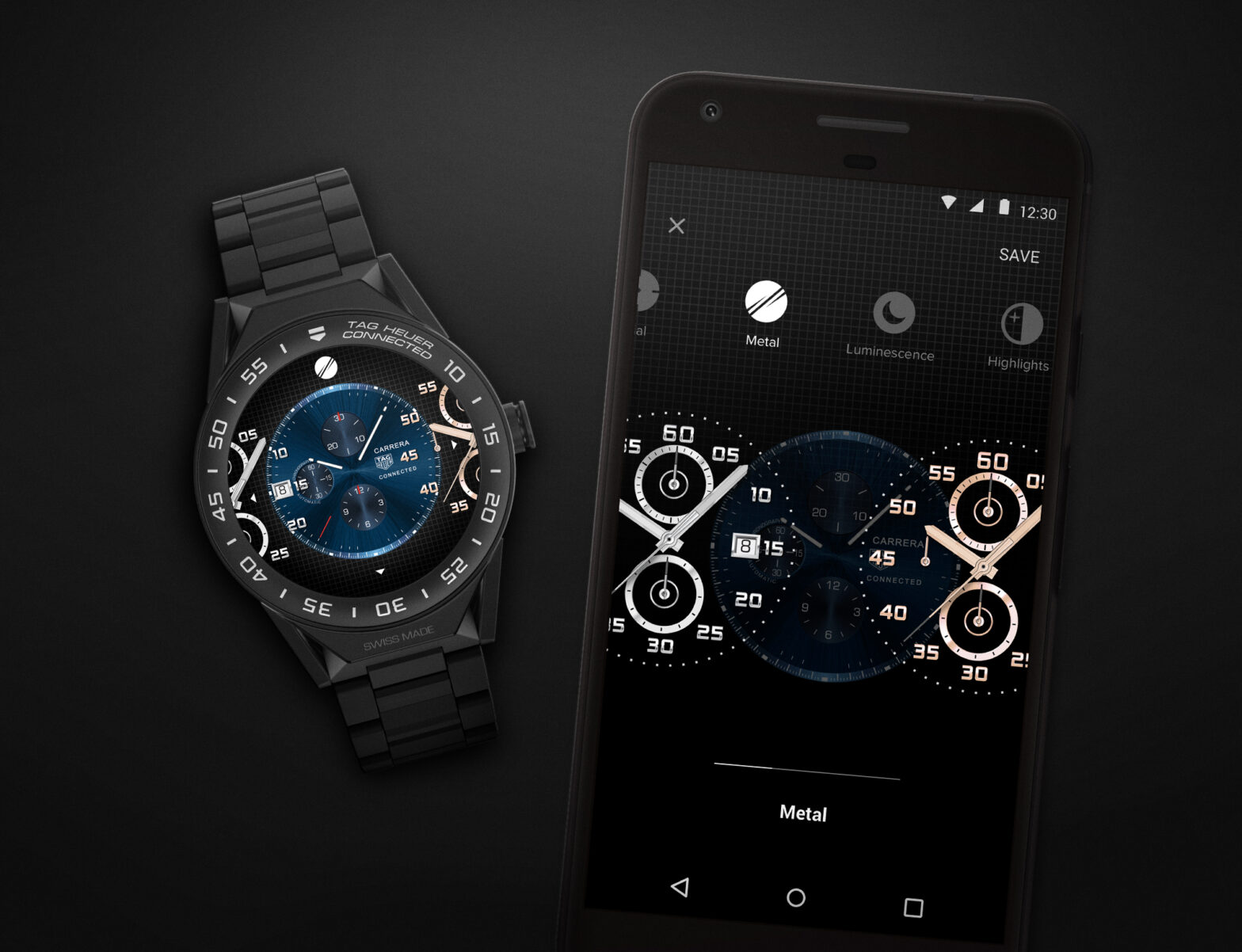When smartwatches first came to market, they brought with them a real sense of excitement. As they were used more, their reliance on paired phones meant they perhaps weren’t as smart as they needed to be at the time.
General enthusiasm waned as they became ‘another’ device to carry around, rather than integrating into people’s lives and complementing the things they do.
If a product is going to be successful, it should answer the needs of its users. Smartwatches should not be an extension of a phone, they need to enhance what people do when they want to wear a watch in the first place. It’s pretty simple really: the clearer the consumer value, the greater the chance of adoption and success.
>See also: Steady growth in smartwatch market forecast – CCS Insight
Smartwatches that succeed are those that provide this value for their audience. Historically, this includes watches for fitness enthusiasts, runners or cyclists, or smartwatches for children such as the XTC Y01 in China.
This imperative to meet consumer needs hasn’t changed since the dawn of smartwatches; however, they are now better placed to fulfil such demands. With the current generation of connected watches, technology has improved and products are more self-sufficient.
This will continue into the future: more powerful hardware will fit inside smaller spaces, and as a result, we can do more with it, and provide greater value through meaningful experiences.
It’s these meaningful experiences that underpin the new TAG Heuer Connected Modular 45. With a deliberate shift to target the next generation of wrists, AKQA needed to understand what luxury means to a younger audience, in order to create a product with real consumer value.
>See also: The digital attention deficit
AKQA discovered that for their audience, time itself has become an important commodity. Their time is precious and in an always-on world, it disappears instantly. Their moments that matter – those that give time meaning – become the ultimate luxury and social capital.
While technology is still a key factor for consumers looking to invest in a smartwatch, more traditional luxury watches come with the expectation of becoming heirloom pieces. As a result, luxury brands in this space need to combine modern technology with their heritage to create watches that fulfil both sides of the equation.
TAG Heuer manage this balance with the new Connected watch, which gives consumers the ability to embrace their historical Swiss watchmaking craft to digitally create thousands of different watch faces for any given moment, to make it more exceptional, and therefore more meaningful, than ever before.
The resulting emotional connection created between owner and watch is key to transforming a smartwatch into more of a timeless heirloom piece.
From a practical perspective, a modular approach is also pivotal to achieving this, as software and hardware can be updated as owners wish, extending the longevity of their watch and the value it provides as the future unfolds.
>See also: The future of wearables
As we move into this future, smartwatches will become increasingly integrated with mechanical watches, especially as screen technology advances and chipsets become smaller.
More and more hybrids will emerge, and the modules within modules will become more interchangeable, blurring the lines between smart and traditional watches even further.
Beyond this, smartwatches will become further integrated into the ecosystems we build around us. They will be central to controlling our environments and other connected devices intuitively, as they communicate with one another, while understanding our current physical and emotional states at all times.
As they increase in accuracy, sophistication and integration with other products, they will offer even greater value to watch wearers in their everyday lives.
Moving forward, makers of connected products have a collective responsibility to understand how people can get the most value from the things they create, and then they need to use that understanding throughout the entire design process.
It’s an exciting time, and as smartwatches become more self-sufficient, they will become a natural extension of our technological ecosystems, making them a key interface in our lives and how we use future technology.
Sourced by Andrew Devlin, group user experience director, AKQA










